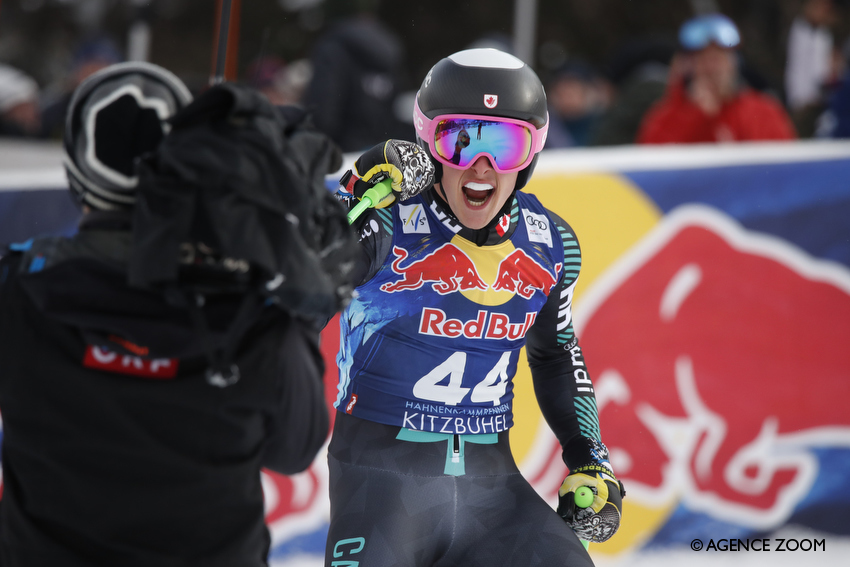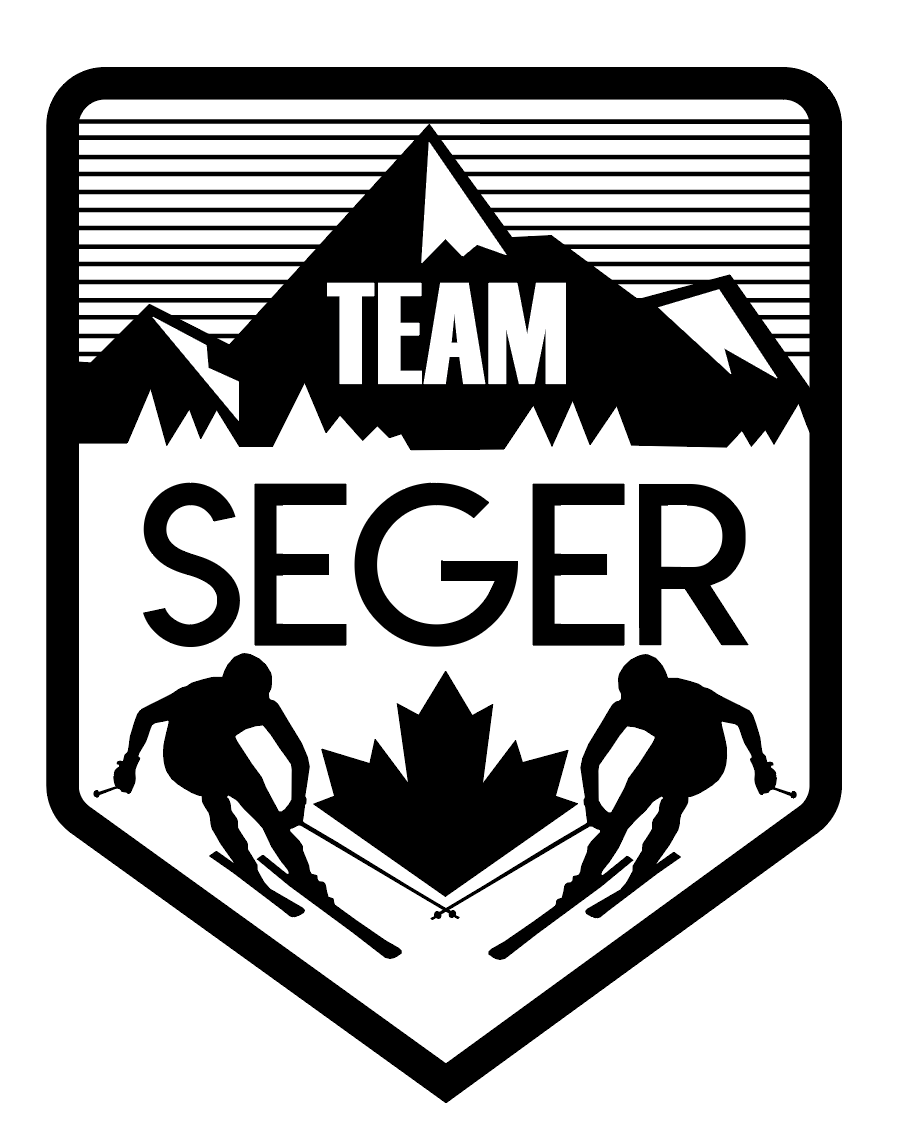About me
My Story
Through my childhood there were a few life lessons instilled in me that I will always carry forward: give your best effort in whatever you are doing, surround yourself with good people, get outside, and contribute positively to the community around you. My family has always prioritized being active in the outdoors, our choice activities being mountain biking in summer and skiing in the winter. It was all about enjoying ourselves, living a healthy lifestyle, and learning to push our limits. There were no aspirations of becoming a competitive athlete, and no concept of what the sport of ski racing was. I didn’t know it yet as a kid, but the community that these sports introduced me to would eventually shape me into the person and athlete I am today.

At the age of 11, following some years in the regular ski school program at Whistler Blackcomb, it came time to decide what to do next. The options were to continue simply as a recreational skier with my parents, to go into the freeride or freestyle programs, or to try ski racing. I loved skiing big mountain, and all I wanted to do was continue finding the best off-piste lines, cliffs, and jumps with my friends. However, my family was encouraged that my younger brother and I should try the racing program at the Whistler Mountain Ski Club — at least for a year or two. At worst, it would make us better recreational skiers, and at best we may even find we enjoy the sport. And so the journey into ski racing began.
 I may not have known much about what I was doing in my first year of racing, but I managed to find some success early on because I was a good all-mountain skier. There was a great competitive camaraderie in my friend group, and we naturally pushed each other to get better. On top of that I had my younger brother, Riley, chomping at my heels the whole time as younger brothers do. It was that environment which got me hooked on the sport. However, after a couple years I found myself falling slightly behind. The competition was growing from ski club to province and across the country, and I began encountering other athletes who had been training a lot more than me or from a younger age. Many had parents who were ex-racers or coaches themselves, and they seemed to be bred for the sport. Up to this point, I hadn’t considered the possibility of doing off-season training camps, of missing a couple days of school per week to ski more, or training in the gym. I was fortunate to have some strong guidance from my coaches at the time, and it was in those years that I began learning what it meant to work hard and become a dedicated athlete. I became more focused on racing, trained more, went to pre-season camps, and experienced the payoff of my efforts when suddenly I could compete with the best in the province again. Where I once had no concept of racing at the highest level, I now found a determination to see how far I could make it in the sport.
I may not have known much about what I was doing in my first year of racing, but I managed to find some success early on because I was a good all-mountain skier. There was a great competitive camaraderie in my friend group, and we naturally pushed each other to get better. On top of that I had my younger brother, Riley, chomping at my heels the whole time as younger brothers do. It was that environment which got me hooked on the sport. However, after a couple years I found myself falling slightly behind. The competition was growing from ski club to province and across the country, and I began encountering other athletes who had been training a lot more than me or from a younger age. Many had parents who were ex-racers or coaches themselves, and they seemed to be bred for the sport. Up to this point, I hadn’t considered the possibility of doing off-season training camps, of missing a couple days of school per week to ski more, or training in the gym. I was fortunate to have some strong guidance from my coaches at the time, and it was in those years that I began learning what it meant to work hard and become a dedicated athlete. I became more focused on racing, trained more, went to pre-season camps, and experienced the payoff of my efforts when suddenly I could compete with the best in the province again. Where I once had no concept of racing at the highest level, I now found a determination to see how far I could make it in the sport.

I carried that work ethic forward with me as I moved from the junior years into FIS. I competed with the BC Ski Team from 2011-2014, during which I took part in the Canada Winter Games in Halifax, and had my first taste of racing in Europe. Our coaches felt it was important to expose us to the level of competition there, and it was certainly an eye-opener for us having never experienced how big the sport is there. The depth of competition in those races was something beyond what we knew in Canada; races with well over 100 starters and each guy sending it just as hard as the last. The joke became, “even the milk man has 9 FIS points over here”. We saw water-injected slopes for the first time, many of us blowing out of the course after just a couple turns on the skating rink-like surface. In the end, we always returned to North America with a new appreciation for the level of intensity that was required each time we pushed out of a start gate.
After three seasons with the BC Ski Team, I was selected for the National Development program or “D team”, which has been in existence on and off depending on funding levels. I was fortunate to arrive at a time when the program was there to guide me through the massive jump between provincial and senior national level. Our group was green, but hungry to make a name for ourselves in the footsteps of the Canadian Cowboys. We drank in the moments when we got to train with the World Cup team, learning as much as possible from the team veterans Erik Guay, Manny Osborne-Paradis, Jan Hudec, Dustin Cook, and Ben Thomsen. Come 2017, it was my turn to get my first taste of World Cup racing.

Despite my years, I could not help but still feel like a boy among men during my first couple seasons of World Cup racing. The downhill circuit is not for the faint of heart, and suddenly I was standing among the titans of the sport who I had been watching for years previously. It took some time to feel like I had a place there, and to find the confidence needed to execute those courses. In January 2019, I scored my first World Cup points with a 16th place finish in the legendary Kitzbuhel downhill, marking a big step forward. With that result, I became a last-minute qualifier for the Åre 2019 World Championship team, which would be my first major championship experience.

In the years following, I have had the great honour of representing Canada at three more World Championships in Cortina, Courchevel, and Saalbach, as well as the Beijing 2022 Olympic Winter games. There have been some great highs, such as my 4th place finish in the Cortina WSC Super G (missing a medal by only 0.04), and some low points when major goals were missed or I was forced to sit out because of injury. Most recently I tore my ACL and both meniscus in my right knee while competing in the Courchevel World Championship downhill in February 2023. The subsequent year has been full of new challenges, both mental and physical, while trying to build back up to speed on the World Cup circuit. Through all of it, one thing has been highlighted for me: the team and community around me is the most special part of what I am doing. I’m extremely lucky to travel the world with a group of teammates who are also my closest friends, as well as my brother who has also made it to the national team. There are currently 6 national team athletes originating from the Whistler Mountain Ski Club, which is a testament to the community that raised us. This brings me back to the earlier life lesson: surround yourself with good people. People who bring out the best in you and teach you to bring the best of yourself. I’m lucky to have had that in my home community and still within the team today, so to those of you reading this I say thank you.
My next mission: Cortina 2026 Olympic Winter Games. Here’s to the best being yet to come.
Want to support my journey?
Make a direct donation to offset my team fees through Alpine Canada and get a tax receipt

